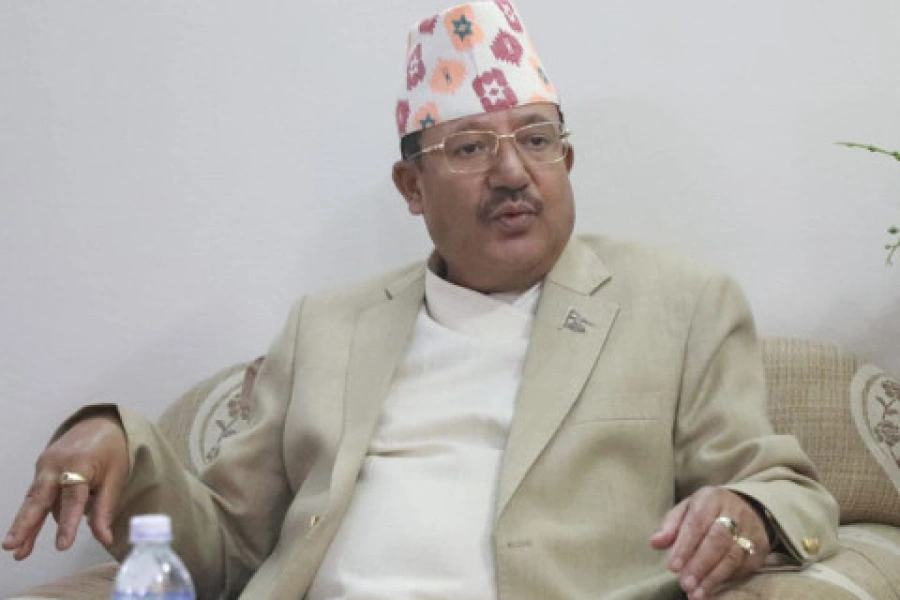Private sector lending grew by only 4.16 percent in over six months
KATHMANDU, Feb 6: Nepal Rastra Bank (NRB) seems to have fallen behind in meeting its target of the banks’ lending for the private sector due to slow growth seen in the segment in over six months of the current fiscal year.
Through its monetary policy for 2023/24, the NRB had aimed to expand banks’ private sector lending by 11.5 percent in the current fiscal year. However, the lending to the private sector grew by only 4.16 percent as of the first week of February.
Revised interest rate corridor system introduced

The NRB records show that the total lending of the banks and financial institutions has reached Rs 5.081 trillion, an increase by Rs 203 billion since mid-July 2023. In the same period, deposit collection has increased by Rs 365 billion to Rs 6.141 trillion.
Despite lowering their interest rates, banks are unable to increase their lending due to low demand for loans amid low business confidence triggered by the ongoing economic slowdown. Bankers said the lending has been slowed also due to the pressure on the capital adequacy ratio (CAR) triggered by an increasing non-performing loans. “Banks having insufficient CAR will face difficulties in expanding their businesses,” said Bhuvan Dahal, former chief executive officer of Sanima Bank.
According to the Capital Adequacy Framework 2015 enforced by the NRB, banks need to maintain 11.5 percent of their capital adequacy. In the tier-1 capital, nine percent of the CAR should be maintained from the core capital while the additional 2.5 percent should be maintained from tier-2 capital (supplementary capital).
In addition, the central bank has also implemented a 0.5 percent counter cyclical buffer provision for the commercial banks effective from this year. However, a number of banks have failed to maintain their core capital at NRB’s prescribed level. For instance, Kumari Bank has its core capital at just 8.03 percent, while it is only 8.12 percent in case of Prabhu Bank as of mid-January.
The NRB officials say that banks cannot expand their lending if they do not maintain the CAR at the prescribed level. “Even if the demand for loans increases in the coming days, the low CAR could be a setback for banks to expand their lending,” said an NRB official.



































